SUMMARY
This is AI generated summarization, which may have errors. For context, always refer to the full article.
![[ANALYSIS] The Sangley International Airport project and sea control](https://www.rappler.com/tachyon/2020/09/sangley-airport.jpg)
Cavite Governor Jonvic Remulla’s Sangley International Airport project and its foreign developer – the China Communications Construction Co., Ltd. – were recently put in a spotlight after the US Commerce Department blacklisted the company, along with 23 other Chinese companies involved in the construction of the artificial islands in the South China Sea.
At the outset, the Philippine Navy has raised its concern over the airport project, given the national security implications involved. In like manner, it had raised issues with an earlier project proposal involving the reclamation of Cavite’s coastal areas to establish five (5) artificial islands.
One of these “islands” would’ve been just a stone’s throw away from Naval Station Pascual Ledesma, the Navy’s principal ship repair facility, notwithstanding the construction of a POGO facility (offshore gaming) in the former Covelandia. Altogether there seems to be a gradual “Sinicization” of the stretch of coastal areas and real estate properties right smack in the middle of the Navy headquarters in Manila and its naval base in the adjacent province of Cavite.
The Navy has likewise taken a similar position against investments that impinge on the country’s national security, such as the reported interest of Chinese investors in taking over the failed Hanjin Heavy Industries Construction-Philippines shipbuilding facility in Subic, Zambales, as well as the plan by the Fong Zhi Enterprise Corporation to establish a “smart city” in Fuga Island.
Unfortunately, the bureaucracy operates under Western-style “stovepipes.” The economic clusters of government decide on investments sans due diligence from a security lens. Likewise, local governments decide on the basis of parochial interest over a higher national security interest.
This situation is not unique to the Philippines.
China’s ‘string of pearls’
It is only in recent months that the United States, Australia, European and African states have awakened to the duality of the nature of Chinese “sharp power” (i.e. commercial and military) and the insidious manner in which it can undermine national interest by undercutting the foundation of a country’s political, economic, sociological, or technological posture.
In most cases, sharp power is normally directed towards the co-optation of political and economic elites through influence operations or the lure of pseudo-investments.
If the Sangley International Airport project materializes, it will eventually become part of China’s “string of pearls” facilities that stretch across the Indo-Pacific region, from Djibouti in the Horn of Africa; Hambantota Port in Sri Lanka; Gwadar Port in Pakistan; Melaka and Port Klang in Malaysia; and the Port of Darwin in Northwestern Australia, just to name a few.
These ‘pearls” can potentially extend and sustain the deployment of seapower on extended periods, and project sea control over “geographic chokepoints” or adjacent waters by the exercise of both sea and air power.
To provide context: the driver of the US-China competition in the South China Sea is all about sea control. The US Navy’s FONOPS forays in the South China Sea are being conducted as a manifestation of its role as the guarantor of freedom of navigation of the global commons. FONOPS are designed to “contest” Chinese assertion of sea control through the discredited “nine-dash line” narrative and mitigate against the presence of Chinese naval and civilian fleets that are coercively employed against the coastal states around the South China Sea.
On the other hand, China wants sea control over the North, East, and South China Seas in order to establish a “maritime lebensraum” stretching from the Korean Peninsula all the way southwards to the Natuna Islands in Indonesia. This maritime space would provide a “strategic buffer” to secure China’s coastal “easternheartland,” wherein the principal drivers of its economy are located.
Naval practitioners are of course well aware that sea control can be achieved in two ways.
One approach is to develop, deploy, and sustain a fleet that can provide naval presence in peacetime, coercive pressure during a crisis, or pursue surface action in time of conflict. For this purpose, China employs its PLA-Navy (PLAN), Chinese Coast Guard (CCG), and People’s Armed Forces Maritime Militia (PAFMM).
The second approach is to project influence over the sea through fixed bases or station, such as the Chinese-occupied features in Subi, Fiery Cross and Mischief Reefs. On the other side of the fence, the Changi naval facility in Singapore provides the best example in the manner it affects maritime traffic in the Malacca Strait.
Unfortunately, the Cavite project seems to be a done deal, following a statement from Malacañang. In which case, there is a need to move forward and look at the long game.
Things to consider are as follows:
- Identify a retention area in Sangley, which will allow the Navy to maintain presence to fulfill its mandate to protect the seat of the national government – Manila;
- Fast-track the transfer of the allotted space at the defunct HHIC-P shipbuilding facility in Subic, Zambales to Navy, so that it can shift all of its sensitive fleet operations and activities away from Sangley;
- Review the deliberation and approval process of foreign investments and consider a mechanism to vet proposals from both an economic and security perspective;
- Study existing policy or legal loopholes that needs to be plugged to prevent local government executives from pursuing projects similar to the Sangley International Airport, without supervision and oversight by relevant national government agencies;
- Study the accountability of public officials in the local government, who by acts of commission or omission, expose the country to undue national security threats; and
- Study the possibility of “nationalizing” the Sangley International Airport so that 2 years from now it can be reverted back to Philippine military control. Perhaps the Air Force can consider shifting from the Ninoy Aquino International Airport (NAIA) to Sangley all of its aerodrome operations, and dedicating NAIA to civilian commercial air traffic only.
The late Congressman Roilo Golez, an esteemed nationalist, once argued on the possibility of China establishing a strategic triangle over the South China Sea with the following nexus: the Paracel Islands; the occupied features at Fiery Cross, Mischief and Subi Reefs with their airfields; and the Scarborough Shoal. Such as triangle would definitely provide China effective sea control and dominance of the airspace over the South China Sea.
3rd nexus?
But if the Sangley International Airport project materializes, China may no longer need to reclaim the Scarborough Shoal.
Given the aerial proximity with the shoal, the airport potentially can become the third nexus of the triangle. Theoretically and using an extreme scenario, the legs of the triangle can become mobility corridors for the movement of Chinese aircraft and troops, which is a requisite for dominating the airspace and possible declaration of an ADIZ (air defense interdiction zone). On the other hand, the airport itself can be used in what is called in military parlance as an “aerial port of debarkation or embarkation.”
Beyond PR
All nations and their leaders pursue progress and development as a means to improve the lives of its people. One can be magnanimous and accede to the idea that Governor Remulla’s Sangley International Airport project may have been conceived for altruistic reasons.
But as the anecdote goes, “The road to hell is paved with the best of intentions.”
However, today are interesting times, and we cannot escape the fallout from the emerging strategic competition between the US and China. There is a need to understand the rules of “unrestricted warfare,” both written and implied, if the country is to thrive in a complex and competitive Indo-Pacific environment.
An independent foreign policy might be the right track. However, it should be pursued not only in form and through press releases but also in substance. – Rappler.com
Retired Rear Admiral Rommel Jude G. Ong is a professor of Praxis at the Ateneo School of government and chairperson of the Security Reform Initiative.
Add a comment
How does this make you feel?
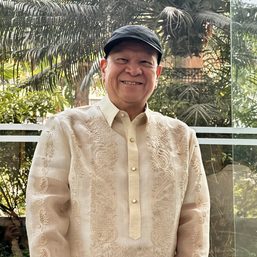
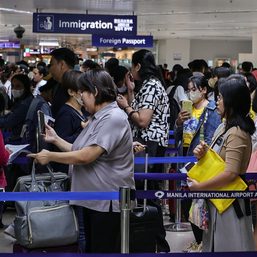
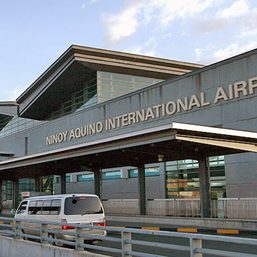
![[Vantage Point] Bug and rodent infestation in NAIA: Why aren’t we surprised?](https://www.rappler.com/tachyon/2024/03/tl-bugs-and-rodents.jpg?resize=257%2C257&crop_strategy=attention)
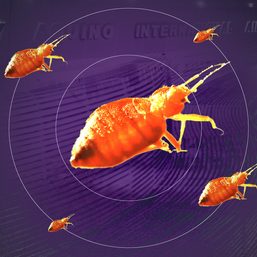
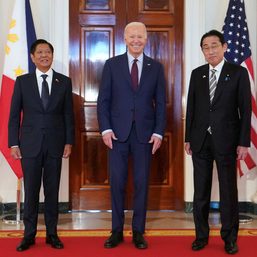
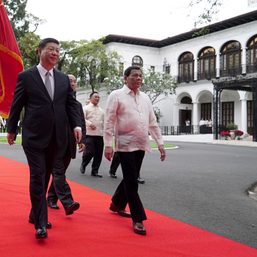
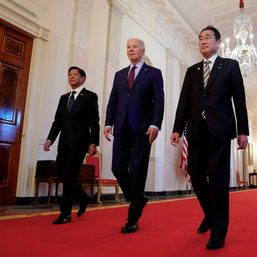
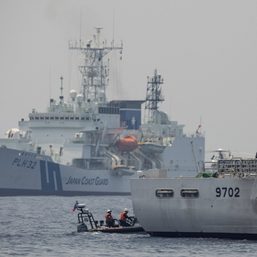
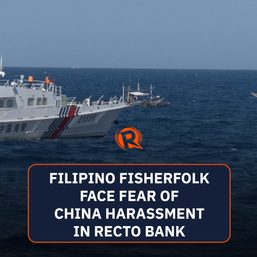


![[OPINION] Beyond Ayungin Shoal: The primacy of national resolve](https://www.rappler.com/tachyon/2024/04/beyond-ayungin-shoal-april-5-2024.jpg?resize=257%2C257&crop_strategy=attention)



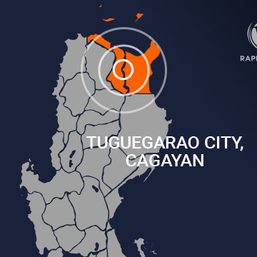
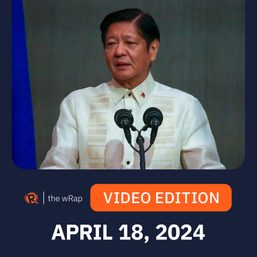


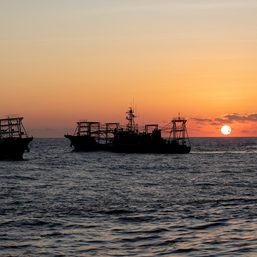
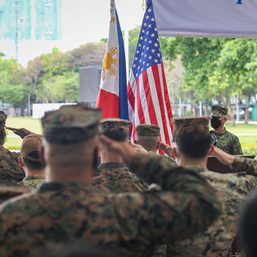
There are no comments yet. Add your comment to start the conversation.